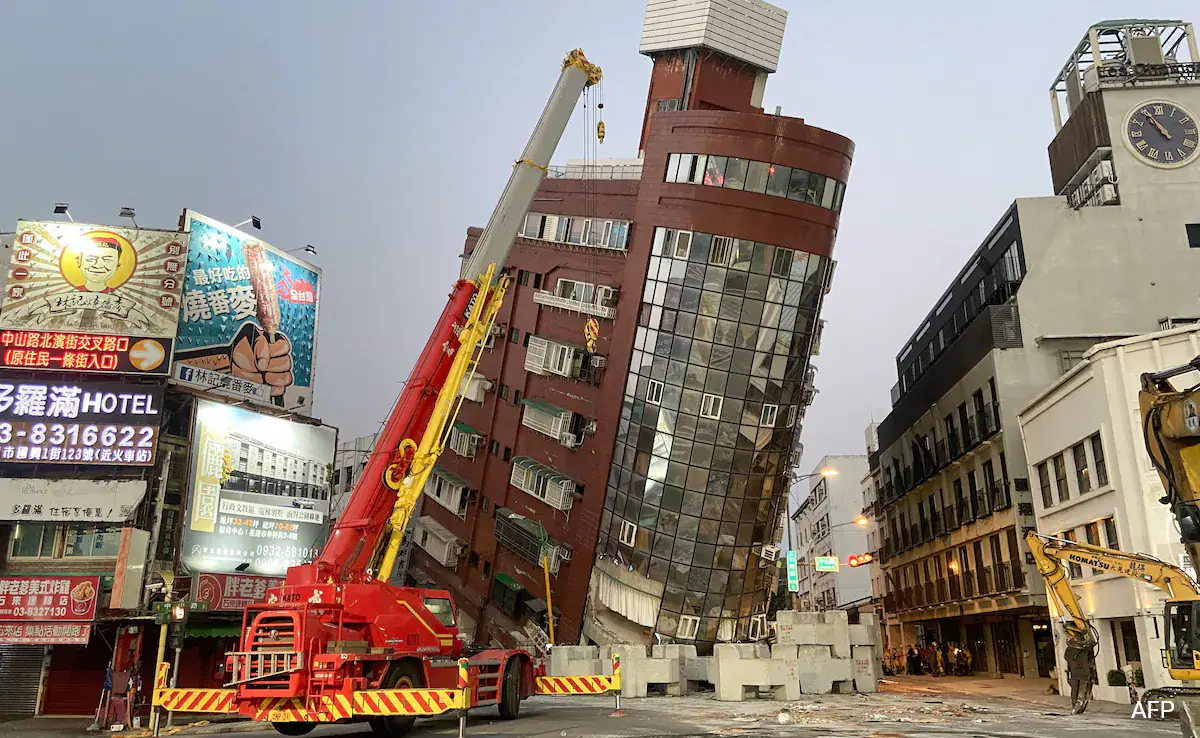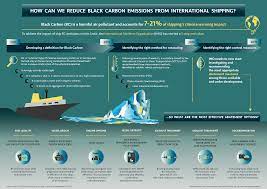According to the Ministry of New and Renewable Energy, India will have installed over 180 GW of renewable energy capacity by 2023 and is on track to fulfil its objective of 500 GW in 2030.
Context
At the COP26 climate meetings in Glasgow in November 2021, India vowed to attain net-zero emissions by 2070, establishing itself as a leader in the race to carbon neutrality.
Why is black carbon relevant?
- Cause of global warming: Lack of carbon is the dark, sooty material produced along with other pollutants when biomass and fossil fuels are not fully combusted. It contributes to global warming.
- poses considerable risks: Studies have established a direct link between exposure to black carbon and an increased risk of heart disease, birth problems, and early mortality. The majority of black carbon emissions in India come from traditional cookstoves that burn biomass, such as cow dung or straw.
Status of Black Carbon
- According to a 2016 study, the residential sector accounts for 47% of India’s overall black carbon emissions. Industry contributes an additional 22%, diesel cars 17%, open burning 12%, and other sources 2%.
- Decarbonisation initiatives in the manufacturing and transportation sectors over the last decade have resulted in decreases in black carbon emissions, but the residential sector remains a difficulty.
Has PMUY helped?
- Objective of PMUY: PMUY, which was introduced by the Indian government in May 2016, aims to give free liquefied petroleum gas (LPG) connections to low-income homes. This intends to provide a cleaner cooking fuel alternative to traditional biomass fuels, particularly in rural and low-income homes, thereby reducing their reliance on such polluting sources.
- Infrastructure Establishment: PMUY has developed the required infrastructure to support LPG connections, such as free gas stoves, LPG cylinder deposits and a distribution network. This infrastructure is critical for promoting the use of clean cooking practices.
- PMUY’s role in lowering black carbon emissions is critical, as it provides cleaner LPG alternatives to traditional biomass fuels. This effort helps to reduce environmental pollution and improve air quality, especially in homes that previously relied on harmful cooking fuels.
Challenges and Shortcomings:
Despite its goals and infrastructure, obstacles remain in fully switching beneficiaries to LPG use.
- High disparity between LPG connections and actual adoption: In 2022-2023, 25% of PMUY beneficiaries continued to cook exclusively using conventional biomass fuels. This demonstrates a disparity between the availability of LPG connections and the actual adoption of clean cooking methods.
- Low Fill Rates and Energy Consumption: RTI data revealed that a significant number of PMUY beneficiaries received either zero or one LPG refill, indicating a low use of LPG cylinders. Furthermore, the average PMUY beneficiary household uses substantially fewer LPG cylinders each year than non-PMUY families. This shows that traditional fuels continue to cover a sizable share of energy needs in PMUY beneficiary homes.
- Health Effects: The continuous use of conventional fuels has negative health consequences, particularly for women and children, who are disproportionately harmed by indoor air pollution. This causes a variety of health problems and early deaths, emphasising the critical need for expanded use of clean cooking procedures.
- Despite recent subsidy hikes (from ₹200 to ₹300), many PMUY beneficiaries still face exorbitant costs for LPG cylinders. This pricing barrier hinders households from acquiring and utilising LPG cylinders on a regular basis, especially when traditional biomass options are seen to be “free.”
- Temporary Subsidies: While the government has offered temporary price cuts to address affordability issues, the future of such subsidies is dubious. Temporary remedies may not be long-term solutions for ensuring recipients’ constant access to clean cooking fuel.
- Low Refill Rates: Low refill rates persist among PMUY beneficiaries, showing a disconnect between initial LPG connections and long-term usage. This problem originates from both affordability issues and difficulties in the availability and distribution of LPG cylinders.
- Last-Mile Connectivity: Inadequate last-mile connectivity in the distribution network makes access to LPG difficult in remote rural areas. This results in a continuous reliance on traditional biomass fuels, which contributes to indoor air pollution and health hazards.
- Alternative Fuel Solutions: Local production of coal-bed methane (CBM) gas has the ability to alleviate the lack of last-mile connection while also providing cleaner cooking fuel alternatives. Composting biomass to produce CBM gas may provide a sustainable and accessible option at the village level, reducing reliance on traditional biomass fuels.
- Investment and Infrastructure: Developing alternative fuel options such as CBM gas extraction necessitates investment and infrastructure development. Panchayats and local governments may require assistance and resources to construct and operate CBM gas production facilities successfully.
- Rural Empowerment: Encouraging local communities, such as Panchayats, to take the lead in clean cooking fuel production and distribution can foster self-sufficiency and sustainability while meeting rural energy demands.
To address the issues of the Pradhan Mantri Ujjwala Yojana (PMUY) and promote effective adoption of clean cooking methods, numerous solutions can be implemented:
- Awareness and Education Campaigns: Launch thorough awareness efforts to educate PMUY beneficiaries on the health and environmental benefits of utilising LPG instead of conventional biomass fuels. Emphasise the need of consistent LPG use and the dangers of indoor air pollution.
- Subsidy Reforms: Implement long-term subsidy mechanisms to ensure that LPG cylinders are affordable to PMUY beneficiaries. To successfully address affordability concerns, consider creative subsidy schemes, such as tailored subsidies based on income levels or usage patterns.
- Incentives for refills: Provide incentives or awards to PMUY beneficiaries who continuously use and replenish their LPG cylinders. This may include discounts on future refills or loyalty programmes to encourage regular use and close the gap between LPG connections and adoption.
- Improved distribution networks: Invest in last-mile connectivity and distribution networks in isolated rural regions to ensure that all PMUY beneficiaries have consistent access to LPG cylinders. This could include expanding the reach of LPG distribution centres and utilising technology to improve logistics management.
- Encourage the adoption of alternative fuel options, such as biogas generation, through community-based programmes. Encourage and incentivize the creation of biogas production facilities at the village level, allowing local populations to create and access clean cooking fuel.
- Partnerships and Collaboration: Encourage partnerships between government agencies, private sector stakeholders, and non-profit organisations to address the numerous issues of clean cooking fuel adoption. Sustainable solutions can be achieved through collaborative efforts that use skills, resources, and networks.
- Monitoring & Evaluation: Create strong monitoring and evaluation procedures to follow the progress of PMUY implementation and assess the effectiveness of interventions. Regular evaluations of refill rates, usage patterns, and health outcomes can help guide evidence-based policy decisions and programme changes.
Conclusion
To reduce black carbon emissions, India must address gaps in LPG uptake among PMUY beneficiaries through subsidy reforms, awareness campaigns, enhanced distribution networks, and promotion of alternative fuel solutions, while also developing partnerships for long-term benefit.
Source: https://www.thehindu.com/sci-tech/energy-and-environment/the-need-to-curb-black-carbon-emissions-explained/article67995735.ece#:~:text=It%20contributes%20to%20global%20warming,or%20straw%2C%20in%20traditional%20cookstoves.










